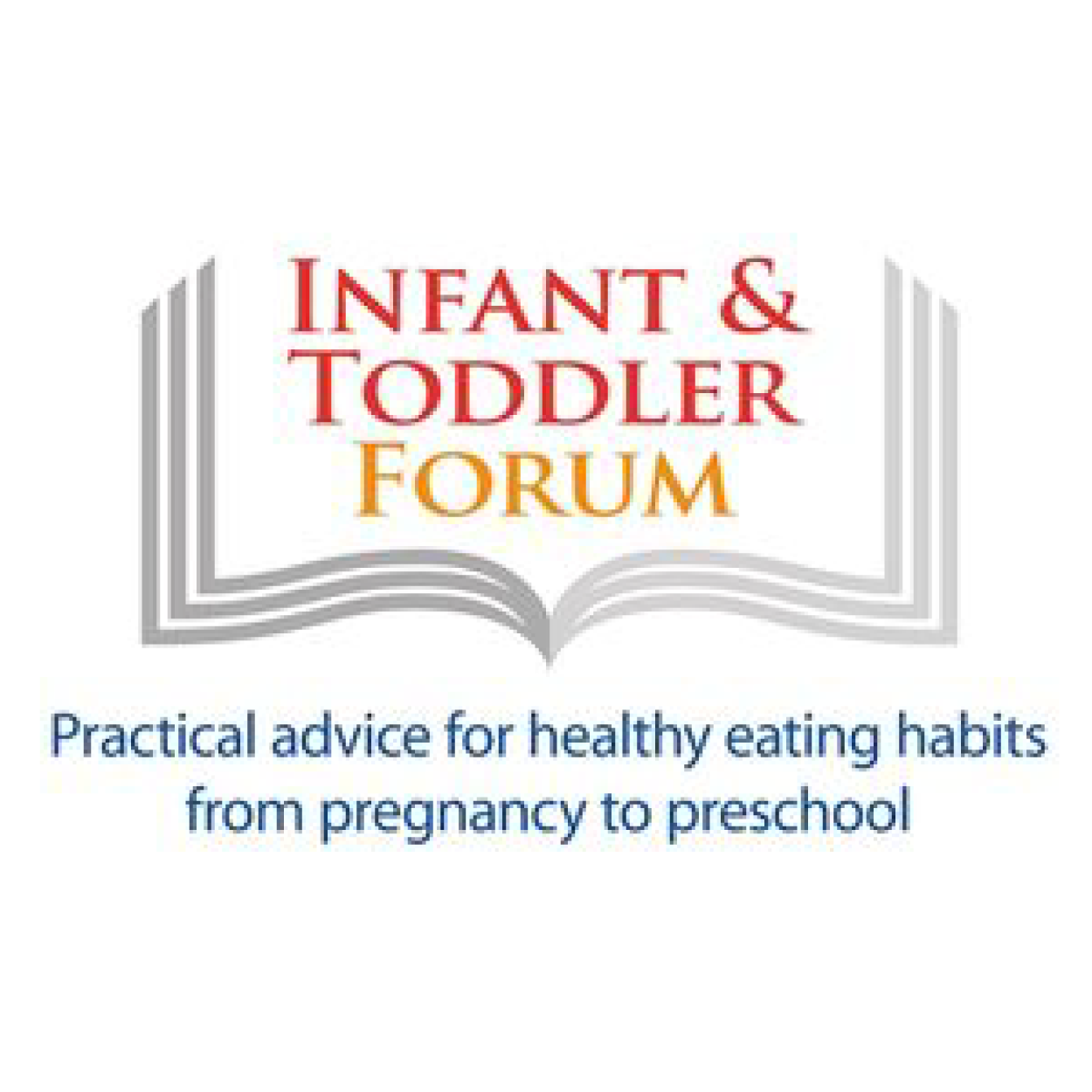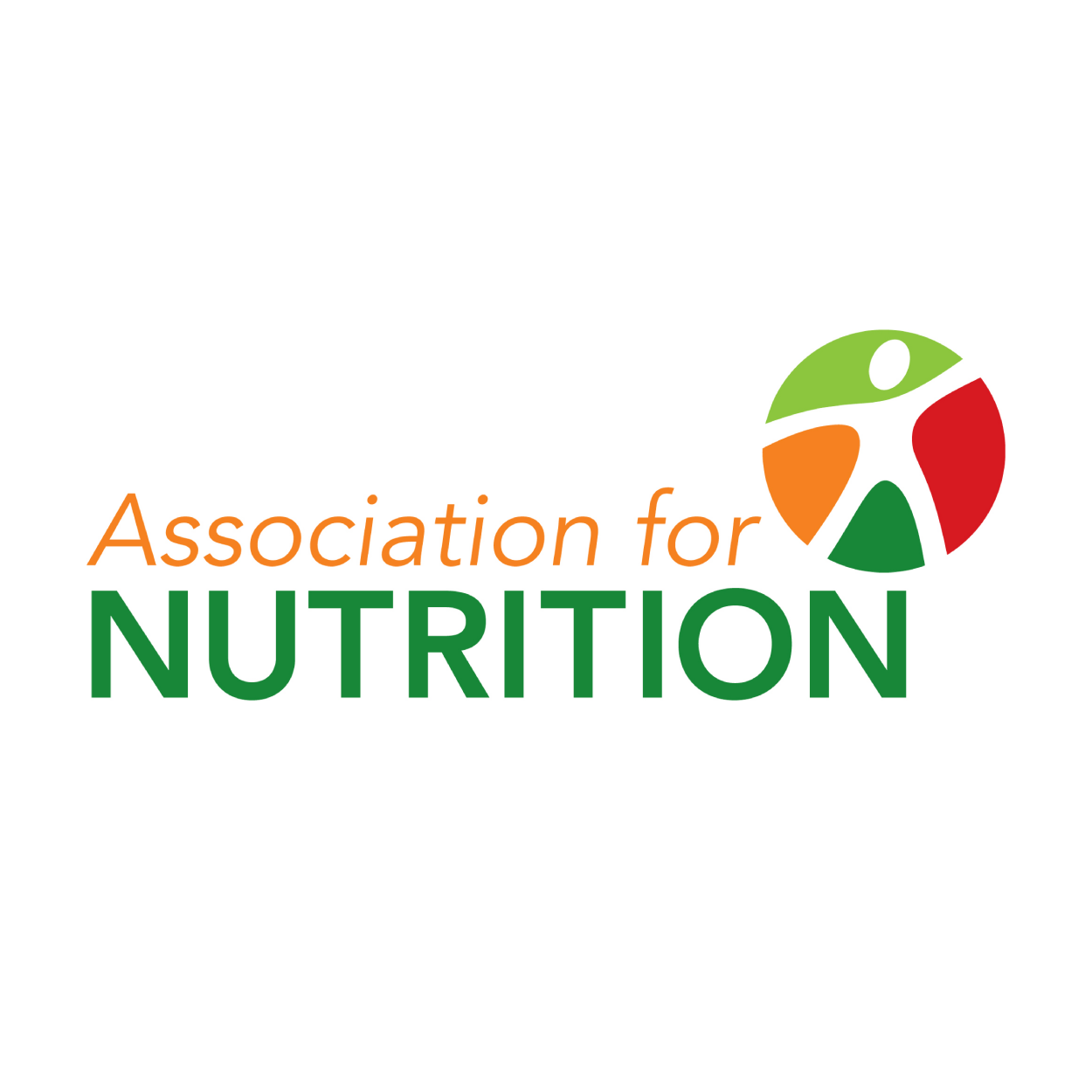When to begin Complementary Feeding (weaning)
Sometime between four and six months your baby begins to need more nutrients, particularly iron, and food must be introduced to provide these. Although some health professionals insist on all babies waiting until 6 months of age to begin but there is no evidence to support this. Most European countries recommend beginning complementary feeding between 4 and 6 months.
Some babies are happy to wait until six months to begin weaning but babies develop at different rates and some babies will be ready earlier than six months. Boys grow at a faster rate than girls and mothers of large baby boys often begin earlier than 6 months because they perceive their baby boy seems to be more hungry and needs more than just milk feeds.
Beginning closer to 4 months reduces the risk of your baby developing food allergies – particularly in babies with eczema.
Signs of readiness to begin offer solid food are when your baby is:
watching you with interest when you eat
putting toys and objects in his/her own mouth
able to sit up well with support and hold their head up
becoming more hungry and demanding more milk feeds or demanding their milk feed earlier than previously
If you delay until after six months your baby may not get enough of certain nutrients especially iron which can affect their development and growth.
How to begin weaning
Begin with a smile! No matter how anxious you may feel you are going to teach your baby to eat solid food which is one of life’s great pleasures. Babies can read facial expressions before understanding language so remember to smile and keep smiling encouragement when you offer something new. Try and make every meal a pleasure for both of you.
Offer both spoon feeding and soft finger foods to help your baby develop a wide range of feeding skills. Some babies prefer finger foods while others prefer spoon feeding but most are happy with both. Give your baby a small weaning spoon to play with for a few days before the first meal so that your baby will become accustomed to the feel of it by putting it in their mouth during play.
Which First foods to offer
A baby cereal with fruit or mashed potato with a vegetable are good mixes to begin with. You can mix in some of your baby’s usual milk. Both these options will provide a good energy intake - offering only vegetables or fruit provides a much smaller energy content than the World health Organisation recommends for weaning foods. Half way through a milk feed is a good time to try the first few times. This means your baby is not starving hungry so that they refuse anything but their milk feed, nor so full that they aren’t interested in trying something new.
Learning to push their tongue backwards
Babies have to learn for themselves how to move the food from the front of their mouth to the back of their mouth. When babies suck the breast or bottle they push their tongue forward. So when you first give solid food he/she will probably push their tongue forward and the food will come straight back out. This doesn’t mean your baby dislikes the food. It will take several attempts for your baby to realise that by not pushing the tongue forward, the food will stay in their mouth and can then be swallowed. To learn these skills your baby needs time, practice and your smiling encouraging face.
So don’t worry how much your baby actually eats, or doesn’t eat, in the first week or so. He/she will still be getting all the nutrients from their milk feeds. Just try once a day, but every day, so that it becomes part of the routine. Just as you have to keep trying when learning to new skill, babies need to keep trying new physical skills in order to develop them. Practice makes perfect!
Once your baby has mastered these skills he/she will begin to eat a larger quantity and will realise that solid food also satisfies hunger. You can give the food before the milk feed now. and begin to make the consistency thicker.
Foods to Move onto
Once your baby is taking more than just a few teaspoons of food at a meal it is time to increase the nutrients and energy in the meals.
Make savoury meals up with about:
one third starchy foods such as potatoes, pasta, rice, cous cous, quinoa, or bread
one third vegetables
one third meat, fish, eggs, nut butters or pulses
Make breakfast meals with cereal, fruit, and milk or plain live yogurt.
Give soft finger foods alongside mashed or pureed foods for your baby to play with, taste, learn to recognise and learn to like different food textures and tastes. Remember to smile and keep smiling encouragement especially when you are offering a new taste or texture.
When to introduce lumps
As soon as your baby is managing smooth food well, begin to offer thicker food and leave some soft lumps in it when you mash it. Babies’ gums are quite hard with the formed teeth already in the gums and they can manage lumps very well before the teeth begin to come through. Babies who are not given the opportunity to learn to manage lumps by 9 months may refuse to eat lumps and lumpy food quite stubbornly.
Introduce soft lumps by only partially mashing the food leaving some soft lumps. Meat may need to be pureed for longer uness it is very soft when cooked. It takes a while to learn to control lumps in the mouth so don’t be surprised if they come back out – it doesn’t mean your baby doesn’t like lumps.
Gagging: If lumps haven’t been chewed well enough they may be coughed back for more chewing. This is a normal part of learning how to eat so there’s no need to panic as this may give him/her a fright and make your baby wary of eating foods with lumps.
However there is a very, very small possibility of choking so never leave your baby alone when they are eating. If your baby does choke then calmly lift him/her and turn him/her upside down. Try to do it gently and without panicking so that you don’t frighten your baby. If the food doesn’t come out, put your finger into the baby’s mouth and dislodge it.
Involve your baby as much as possible
As meals get bigger, the time taken to eat them becomes longer. Babies like to have some control over what is happening and may become frustrated if they are not allowed to be involved in the feeding. Give your baby soft finger foods and his/her own spoon to try with, and expect a mess. It will be quite a while before your baby can feed themself quickly enough to satisfy their hunger so you may need to keep spoon feeding as well.
Finger foods
Different shapes and colours of finger foods make interesting objects for babies to explore with their hands and mouths. Include some at each meal from the beginning of weaning. Start with soft cooked vegetables such as sticks of carrot, potato or parsnip, florets of cauliflower or broccoli. Also offer soft pieces of ripe fruit such as pears, bananas, melon, apricot, avocado, mango, papaya, peach and kiwi fruit. As your baby becomes more competent at chewing try:
cooked pieces of soft meats such as chicken or slow cooked meat, falafel,
pieces of omelette or hard boiled egg
cubes of cheese
rice cakes, toast fingers
cooked pasta shapes
From around 9 months you can offer harder finger foods such as
pieces of raw apple
dried fruit such as apricots
raw vegetables such as cucumber, carrots, and peppers.
Always cut in half soft round foods like seedless grapes and cherry tomatoes to avoid choking. Round soft foods are the most likely to become stuck at the back of the mouth.
How much should my baby eat and drink?
Always let your baby decide. At first, babies may become tired from the physical effort of eating and only eat small amounts of food and then want to relax and drink their milk. Also babies’ appetites vary from meal to meal and day to day. Your baby will let you know when he has had enough by keeping his mouth closed and turning his head away or pushing the spoon or plate away. Take uneaten food away with a smile, never coerce or force feed. Babies who have learned their new feeding skills quickly will begin to eat more food and drink less milk, whilst other babies will eat less food and drink more milk. Trust your baby to eat and drink the right amount for their growth and development.
Develop a meal routine
Offer 3 meals each day based around your baby’s sleeping pattern. Feed your baby fairly soon after he or she has woken rather than just before a sleep when they will be too tired to eat and practise new skills. Finish each meal with a milk feed or plain yogurt or milk pudding. As your baby takes more food he or she will drink less milk. Stop giving an early morning milk feed on waking at about 9 – 10 months so that your baby will eat more food at breakfast.
Coping with mess
Teaching babies to eat and feed themselves is a messy business which is difficult to accept for some new mothers. Putting their fingers in their food is a way for babies to learn more about the food and enjoy eating so don’t discourage it. Trying to restrict the mess by limiting your baby’s involvement may result in him/her eating less than needed.
Introducing a lidded Cup
As your baby takes more solid food offer sips of water from a lidded non-valved cup during the meal. Again sipping rather than sucking fluid is a new skill to learn so it will take quite a bit of practice before being able to control the water flow. Encourage your baby to hold the cup while you control how much it is tipped. Once your baby has mastered drinking from a lidded cup by themself, you could begin to use a lidded cup rather than a bottle for milk feeds.
Towards the end of the first year
Offer as wide a variety of foods and textures as you can from 6-12 months. By 11 to 12 months most babies should be enjoying family meals and eating the same food as the rest of the family though harder foods will have to be cut up into bite size pieces. Up until about 10- 12 months most babies are very open to trying new foods and tastes but during their second year they start to become much choosier. Research shows those babies who have plenty of variety early on are less likely to become fussy and faddy with their eating as they get older.
““Thanks for our consultation the other day. It was very enlightening. Since then, Lily has been eating a lot better, at the kitchen table and in her high chair (well, standing up in her high chair). This is a huge improvement from the floor, coffee table and TV as a distraction. We have been giving her finger foods, as you suggested, and she seems to be enjoying her food again. She hasn’t had a puree since the consultation.” ”







